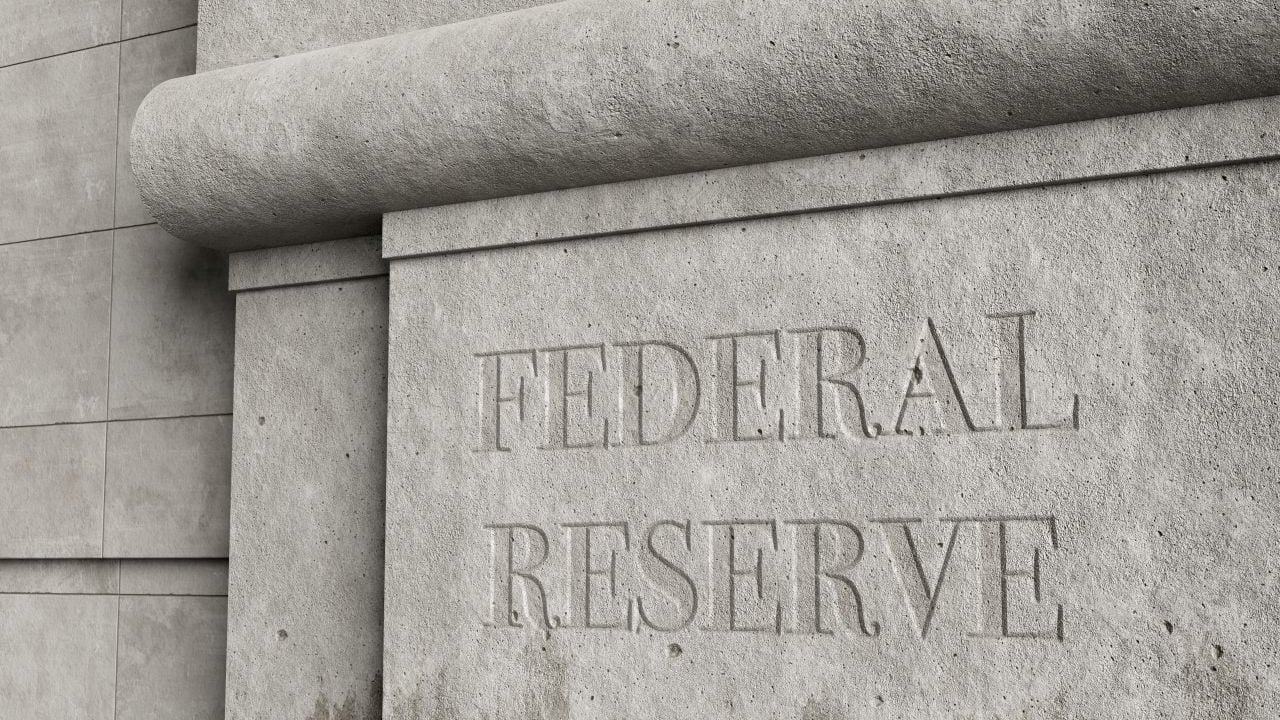
The Fed’s Grip on Bitcoin: A Market in Limbo
Introduction: The Calm Before the Storm
Bitcoin, the world’s most prominent cryptocurrency, has entered a phase of unusual calm. The digital asset, known for its wild price swings, has been trading within a narrow range, oscillating around key psychological levels. This stagnation is not due to a lack of interest or activity but rather a collective holding of breath as the market awaits the U.S. Federal Reserve’s next move. The Fed, the central bank of the United States, holds immense sway over global financial markets, and its decisions on interest rates and monetary policy can send shockwaves through the crypto space.
The Fed’s Influence: A Puppeteer of Markets
The Federal Reserve’s impact on Bitcoin and other cryptocurrencies is indirect but profound. The Fed’s primary tool for influencing the economy is the setting of interest rates. When the Fed raises interest rates, borrowing becomes more expensive, which can slow down economic activity. Investors, seeking safer havens, may pull money out of riskier assets like Bitcoin and into more stable investments like government bonds or cash. Conversely, when the Fed lowers interest rates, borrowing becomes cheaper, stimulating economic growth and encouraging investors to take on more risk, potentially driving up the price of Bitcoin.
Currently, the market is fixated on the Fed’s next move. The high probability of the Fed maintaining the current interest rate, as indicated by tools like the CME FedWatch Tool, has done little to alleviate the tension. The market remains sensitive to any hints or signals that might suggest a future shift in policy. This uncertainty has led to a decrease in trading activity, as investors prefer to remain on the sidelines until the Fed’s intentions become clear.
The Psychological Battle: Key Price Levels
Bitcoin’s price movements are not random; they are influenced by psychological barriers and historical price levels. Recently, Bitcoin has been oscillating around several key levels: $26,000, $85,000, $70,000, $83,000, $76,000, $118,000, and $115,000. These levels represent areas where significant buy or sell orders have been placed in the past. The fact that Bitcoin continues to hover around these levels suggests a balance between buying and selling pressure, a tug-of-war between bullish and bearish sentiments.
The inability of Bitcoin to decisively break through these levels indicates a market in a state of indecision. Traders are waiting for a catalyst, a decisive event that will tip the scales in one direction or the other. The Fed’s interest rate decision, undoubtedly, represents such a potential catalyst. Until then, Bitcoin’s price will likely continue to dance within this narrow range, reflecting the market’s uncertainty and anticipation.
ETF Inflows: A Silver Lining
Despite the prevailing uncertainty, there are positive signs for Bitcoin. The continued inflows into Bitcoin ETFs (Exchange Traded Funds) suggest a growing institutional interest in the cryptocurrency. ETFs provide a more accessible and regulated way for investors to gain exposure to Bitcoin, potentially broadening its appeal and increasing its demand.
However, even these positive developments are viewed with caution. The market’s focus remains on the Fed’s decision, and the impact of ETF inflows may be limited if the Fed’s actions trigger a broader market downturn. The interplay between these positive developments and the Fed’s influence will be crucial in determining Bitcoin’s next move.
The Rate Cut Conundrum: A Double-Edged Sword
The possibility of a future interest rate cut by the Federal Reserve is a subject of intense debate within the crypto community. On the one hand, lower interest rates could stimulate economic growth and encourage risk-taking, potentially driving up the price of Bitcoin. On the other hand, a rate cut might also signal concerns about the overall health of the economy, leading investors to seek safer assets.
Moreover, the anticipation of a rate cut is already priced into the market to some extent. The slow rise of the Nasdaq and Bitcoin’s sideways movement reflect the market’s optimistic expectations for rate cuts. This suggests that the actual implementation of a rate cut may not have as significant an impact as some might expect. The market’s reaction will depend on the Fed’s communication and the broader economic context.
Beyond the Fed: Other Influencing Factors
While the Fed’s decisions play a significant role in shaping Bitcoin’s price movements, it’s essential to recognize that other factors are also at play. Macroeconomic data releases, regulatory developments, technological advancements, and geopolitical events can all influence the cryptocurrency market.
For instance, recent United States macroeconomic data prints have failed to move cryptocurrency markets, indicating that the market is currently more focused on the Fed’s actions. However, this could change rapidly, particularly if the Fed’s decision is perceived as ambiguous or insufficient. The interplay between these various factors will be crucial in determining Bitcoin’s next move.
Conclusion: The Inevitable Resolution
Bitcoin’s current state of suspended animation, its price tethered to the pronouncements of the Federal Reserve, highlights the complex interplay between traditional finance and the emerging world of cryptocurrencies. The market’s anticipation reflects the understanding that the Fed’s decisions can have a profound impact on investor sentiment, risk appetite, and the overall flow of capital.
The future of Bitcoin hangs in the balance as the market awaits the Fed’s verdict. Regardless of the Fed’s decision, the period of uncertainty will eventually come to an end. Bitcoin will either break free from its current constraints or succumb to the pressure. The only question is, which direction will it take? The answer, for now, remains elusive, shrouded in the same suspense that grips the entire market. The resolution, when it comes, will likely be swift and decisive, marking the end of the current phase of indecision and the beginning of a new chapter in Bitcoin’s volatile history.





